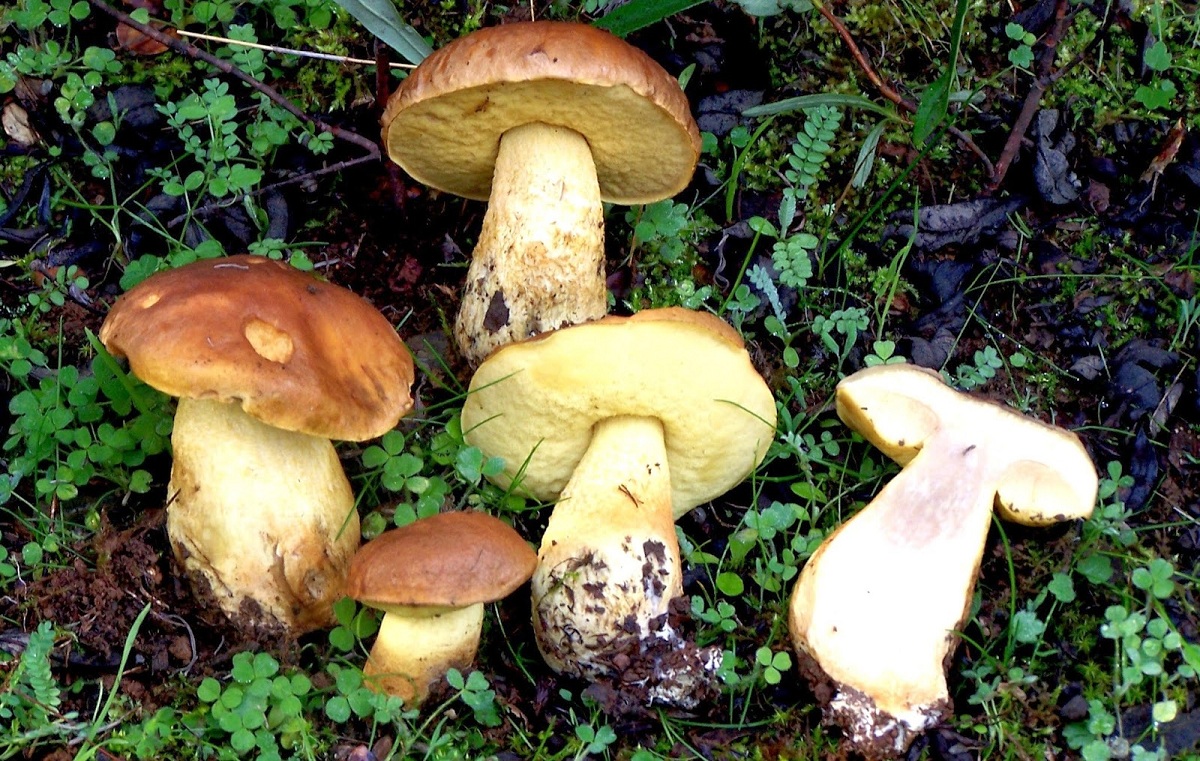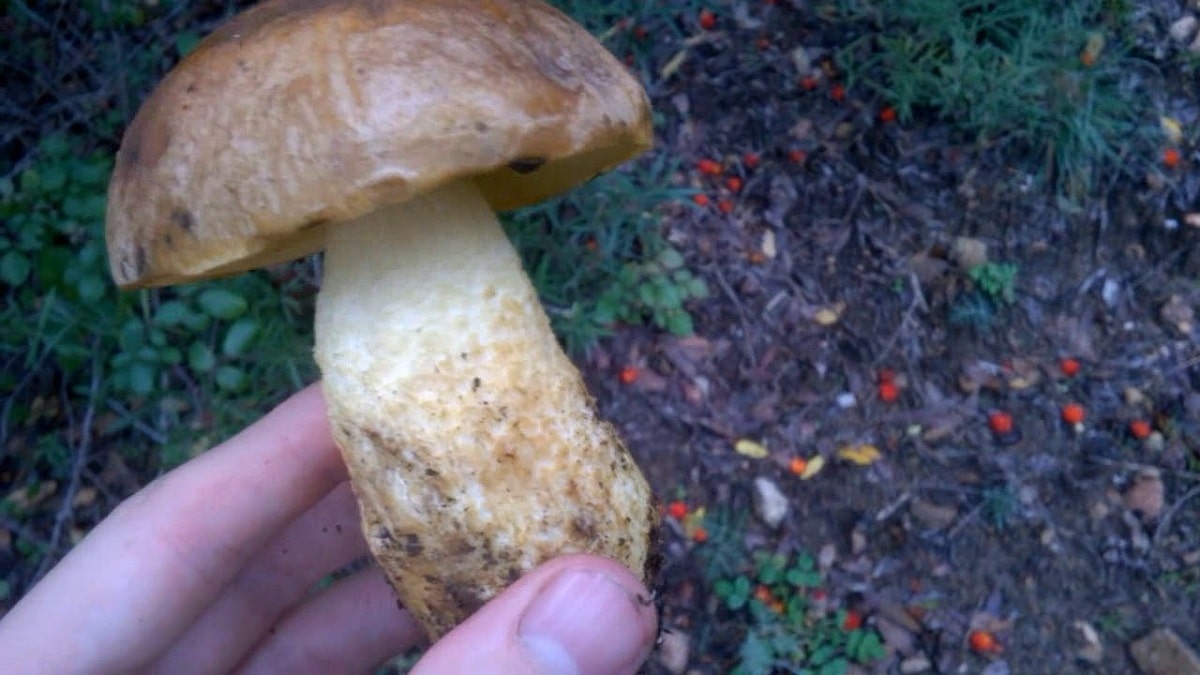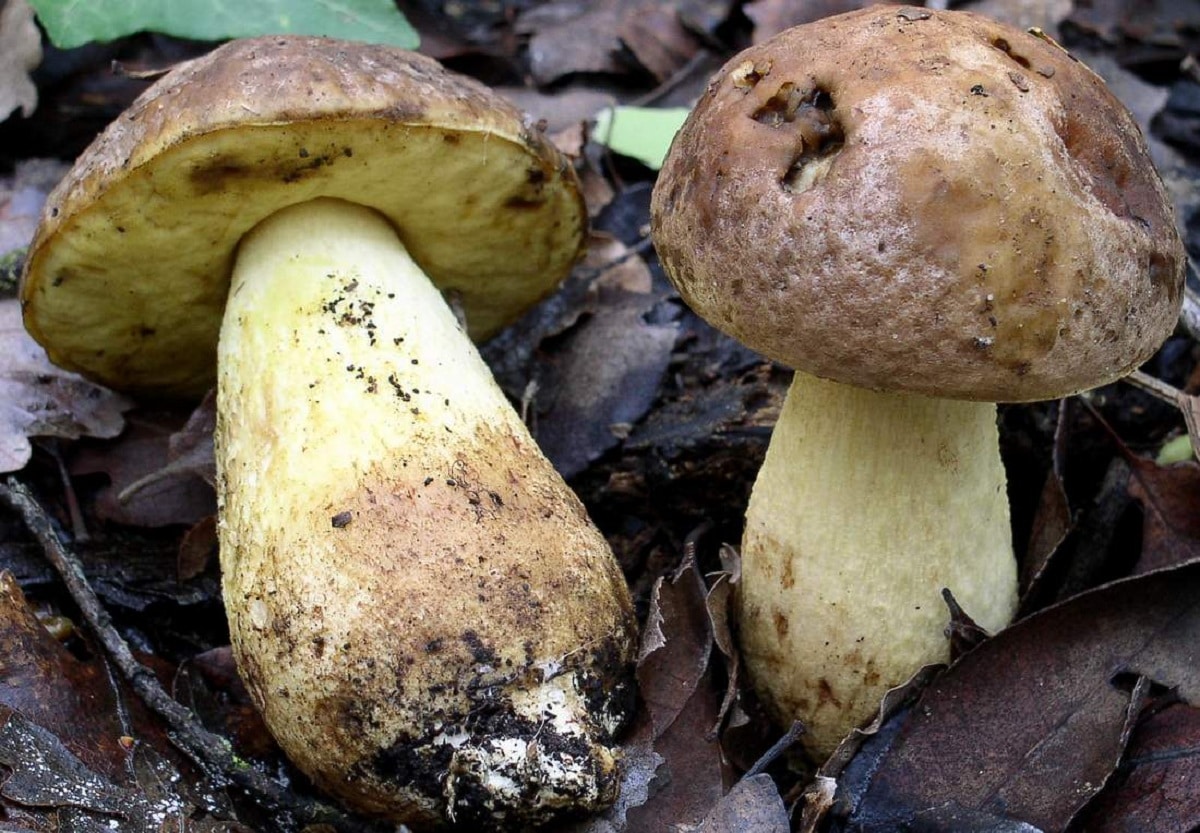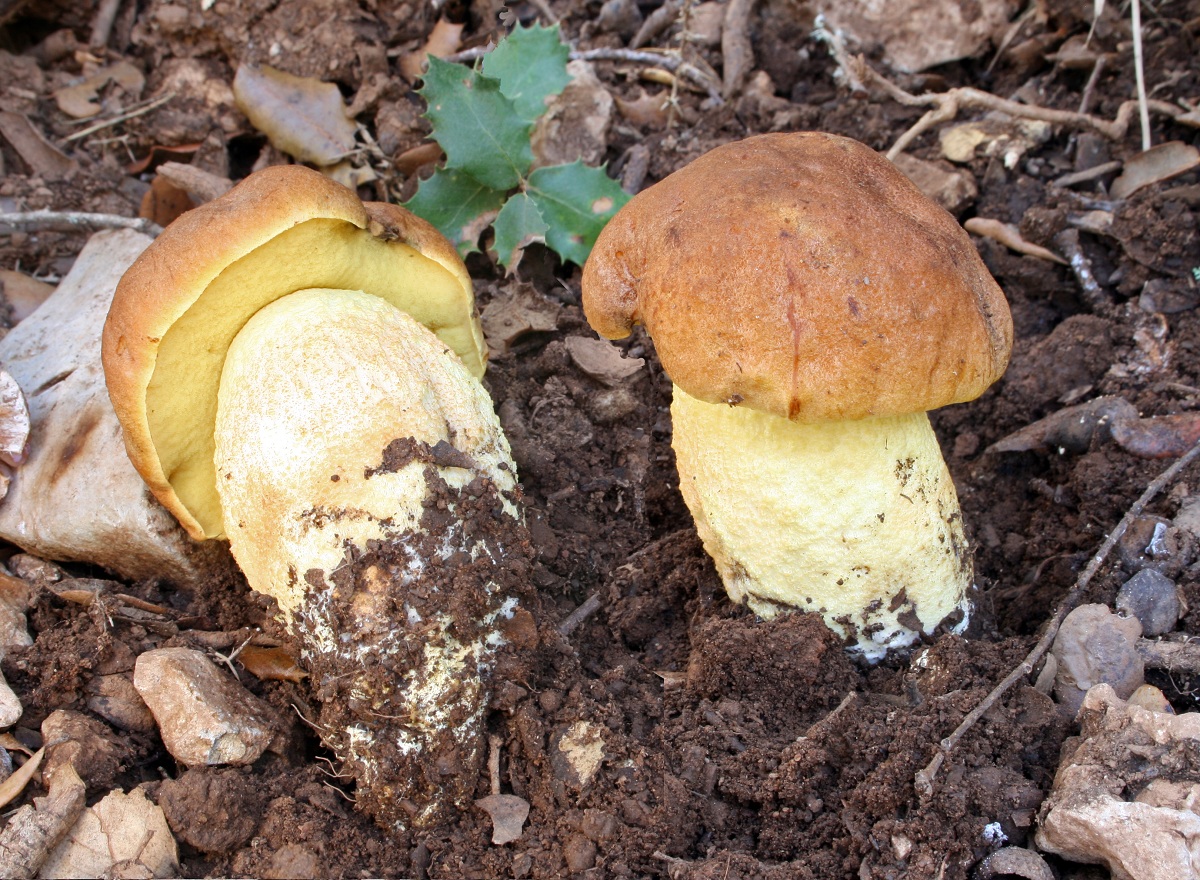
Today we are going to talk about a mushroom considered to be a good edible and demanded in the collection of mushrooms of all seasons. Its about Leccinum lepidum. It is known by the common name of nice boleto since it has some similarities with some mushrooms of the genus Boletus. It is a mushroom that belongs to the group of spring mushrooms, ideal to collect when the temperatures of this season begin to rise. Their collection is quite pleasant and we should not confuse them with other similar ones that can become toxic.
In this article we are going to tell you about all the characteristics, habitat and possible confusions of the Leccinum lepidum.
Key features

Hat and foils
The hat of this mushroom has a good bearing. Some specimens with a greater development they reach 15 centimeters in diameter. When they are young they have a hemispherical shape and it becomes convex as it becomes more adult. One of the distinctions that we can make of this mushroom with respect to others of a similar appearance is that its hat does not flatten with age. Normally, many mushrooms start to have a semi-spherical hat and end up with a flat and convex shape. This mushroom never flattens when it reaches its mature age.
The color of the hat can be variable with colors ranging from dark brown to almost yellowish. Even from the same specimen we can see that it can have variations in the colors of the hat depending on the circumstances of the area in which it is developed. If there is an area more loaded with humidity, it will have a somewhat darker color than if it is in an area with less humidity.
The cuticle of this hat is lubricated when the rainy season occurs in spring. This natural lubricant that the hat of this mushroom generates is not viscous in texture. The edge is completely involuntary.
Its tubes are of the adnate type and yellow in color. They are normally long in length and remain color-stable both when touched and when cut. We can also use this to be able to differentiate it from other mushrooms that either turn yellow or red when cut or rubbed. This species has pores of the same color as the laminae. One distinctive aspect is that, during old age, these pores get darker and look quite ugly. They are also immutable in terms of color both when rubbing and cutting.
Pie and meat
As for the foot, it is central and quite thick. It becomes somewhat thinner next to the hat and thickened at the base. It has a yellowish color and is covered by some granulations that have the same color and over time can become a more brownish color.
Finally, the meat has a slightly paler yellow color and is practically unchanged both when touched and when it is cut. Sometimes in some specimens we can find a shade of pink, especially in the part of the meat that is closest to the base. It is a thick meat with a texture that is pleasant to the touch.. As for its smell and taste, they are also pleasant, which is why it is considered a good edible.
Habitat of the Leccinum lepidum

This mushroom develops in a mycorrhizal way in holm oaks. The greatest abundance of these mushrooms is found around the Quercus ilex. This is where it begins to seem close to the time of May in the middle of spring. Sometimes they are in the month of November, but it is not something usual. This will depend to a large extent on the temperatures and rainfall that there is at each time of the year.
If the rainfall during the month of March is more abundant and the temperatures are higher, the proliferation of the Leccinum lepidum it can be brought forward to the month of April. This mycorrhizal habitat in holm oaks is its exclusive habitat. It can help us to differentiate them from other mushrooms since they cannot be found elsewhere. They do not grow around roads, places near farmlands, near rivers or other water courses, or other tree species.
It is considered a good edible and is collected for this purpose. It is usually accompanied in some dishes as a condiment and as a garnish in some dishes with meat and fried potatoes. Sometimes its cuticle has a somewhat more velvety appearance and gives it a more pleasant appearance for consumption.
Confusions of the Leccinum lepidum

As we have mentioned before, this mushroom can be confused with other species of the same group or with some of the Boletus genus. One of the species of the same group with which it is most often confused is the Leccinellum corsicum. The main difference between these two mushrooms is that this specimen it is smaller and stockier and has a habitat that extends under the rockrose. Let's not forget that you Leccinum lepidum they developed exclusively under the holm oaks. The greatest abundance was under the Quercus ilex and we will never see them under rockrose.
For this reason, the habitat is usually also used as a differentiator of one mushroom or another. Another type of fungus that can be confused with is the Leccinellum crocipodium. This species is abundant under deciduous forests and has a cracked cuticle. Another characteristic that can help differentiate these species is that it has a rapid blackening of the flesh and is flabby in appearance. The meat begins to blacken just by cutting it and depositing it from the basket of mushrooms. This can be another indicator to be able to differentiate both mushrooms.
In these cases there is not much problem with confusion since none of the species that it resembles are toxic and are edible.
I hope that with this information you can learn more about Leccinum lepidum.